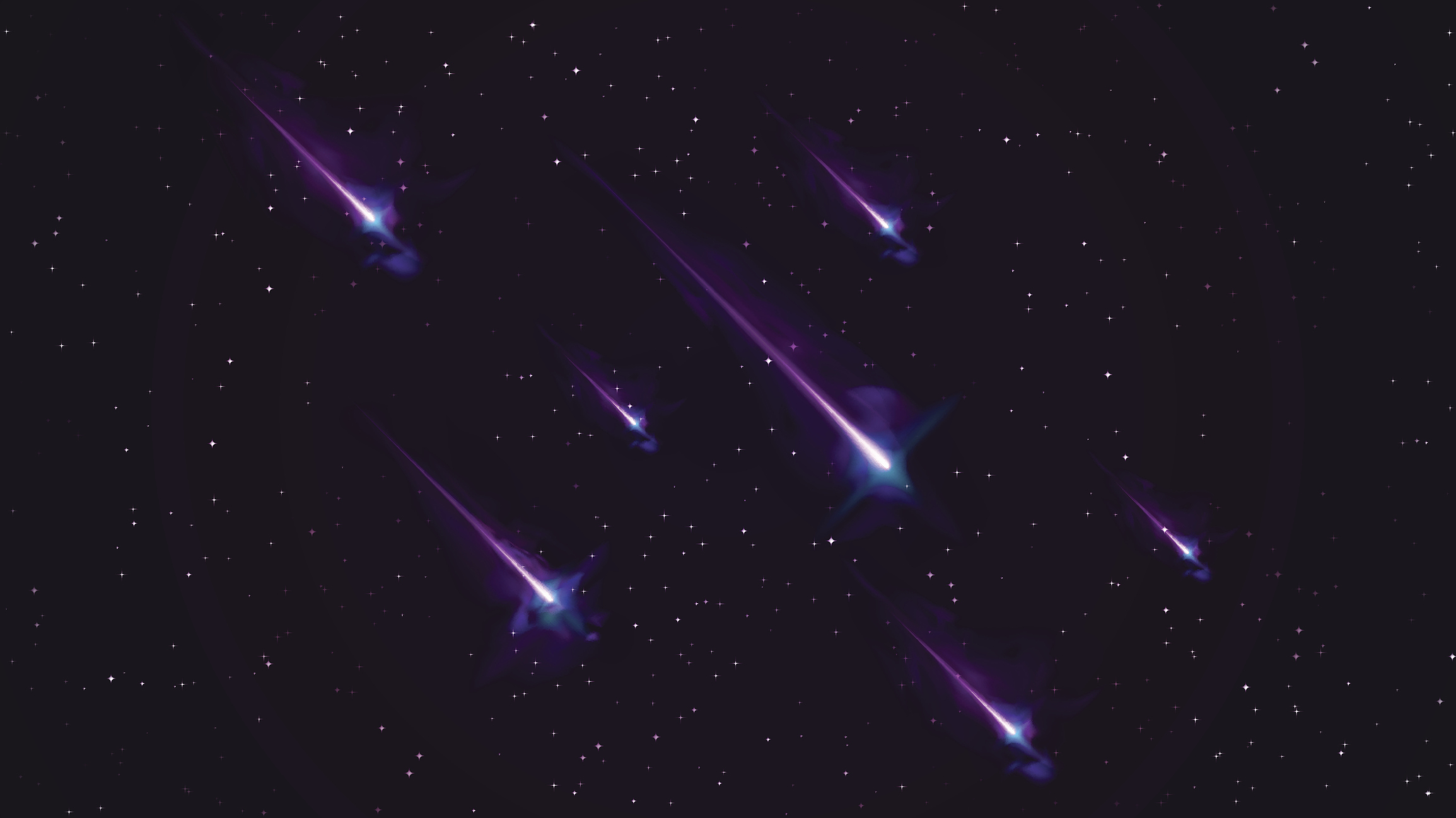Artificial shooting star project gets 2nd life through crowdfunding
There's no firm release date for when ALE plans to generate its first artificial meteor shower, which it previously pledged to begin in 2023.

A Japanese company is restarting its effort to create artificial meteor showers.
Tokyo-based ALE (Astro Live Experiences) had previously planned to create artificial shooting stars in 2020 using its ALE-2 satellite, which launched in December 2019 on a Rocket Lab Electron booster.
But when technical problems held the effort up, ALE pledged back then it would launch a new meteor effort in 2023. Now the company is indeed back with a new venture dependent on crowdsourcing, but with no firm release date on when the shooting stars will appear as that depends on the launch of a new satellite.
Related: Meteor showers 2023: Where, when and how to see them
ALE is asking for community support through a new Sky Canvas Community Club that will sell non-fungible tokens (NFT) tied to exclusive benefits for members. NFTs, however, are closely linked with the cryptocurrency community, which advocates for "alternative currencies" outside of traditional markets.
Cryptocurrencies present substantial risk for investors, including participation in Ponzi schemes, the Securities and Exchange Commission has warned. More broadly, cryptocurrency community members have been linked closely with misogyny and other practices that discourage diversity, discussion and respect, according to the San Francisco Chronicle.
ALE did not disclose whether the NFT sale is the sole means of raising revenue at this time, or whether other sources of funding are forthcoming from investors. Nor did they say when they plan to launch the satellite upon which these meteors would be generated.
Get the Space.com Newsletter
Breaking space news, the latest updates on rocket launches, skywatching events and more!
CEO Lena Okajima, however, said in a Thursday (March 30) release that her company is committed to "the sustainable development of humankind" and pledges the meteors will be "combining critical climate research with a new form of space entertainment [that] we believe ... can further our scientific understanding of climate change."

The company has been promising to make the meteors available for big events. According to their plan, pellets made from "harmless substances" would be shot out of a satellite and then burn up 37 to 50 miles (60 to 80 km) above Earth's surface, creating according to a company FAQ.
More practically, the spheres could help collect information from the mesosphere, which is a layer of Earth's atmosphere too high for balloons to study, yet too low for satellites to see at high resolution. The mesosphere has been tagged as an important vector in climate change studies.
Real-life meteor showers usually involve small bits of dust or particles traveling at high speed in our atmosphere, occasionally arriving in clusters when our planet ploughs through the debris left behind from an asteroid or comet.
It is unclear exactly how bright these artificial meteor showers will be. More generally, the space community has warned about the light pollution induced by bright satellites like SpaceX's Starlink, which are already interfering with telescopic observations along with Indigenous astronomy and culture that depends upon clear skies.
Elizabeth Howell is the co-author of "Why Am I Taller?" (ECW Press, 2022; with Canadian astronaut Dave Williams), a book about space medicine. Follow her on Twitter @howellspace. Follow us on Twitter @Spacedotcom or Facebook.
Join our Space Forums to keep talking space on the latest missions, night sky and more! And if you have a news tip, correction or comment, let us know at: community@space.com.

Elizabeth Howell (she/her), Ph.D., was a staff writer in the spaceflight channel between 2022 and 2024 specializing in Canadian space news. She was contributing writer for Space.com for 10 years from 2012 to 2024. Elizabeth's reporting includes multiple exclusives with the White House, leading world coverage about a lost-and-found space tomato on the International Space Station, witnessing five human spaceflight launches on two continents, flying parabolic, working inside a spacesuit, and participating in a simulated Mars mission. Her latest book, "Why Am I Taller?" (ECW Press, 2022) is co-written with astronaut Dave Williams.
-
sterling88 The comments on NFTs are very one-sided. There is concerted effort in making Ethereum more DEI friendly and your suggested articles skew with a narrow perspective. NFTs are a means to fund the space industry as public funding is slashed. Failing to mention the positive aspects of NFTs in this scenario is neglecting the very reason NFTs were suggested in the first place.Reply -
jamestmallow "More broadly, cryptocurrency community members have been linked closely with misogyny and other practices that discourage diversity, discussion and respect, according to the San Francisco Chronicle (opens in new tab). "Reply
20 % of Americans own crypto as do 1 billion people world wide. You are essentially accusing this many people of being of being racist misogynists. I own a little crypto. Does that make me part of the community ?









